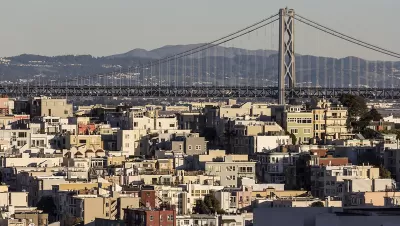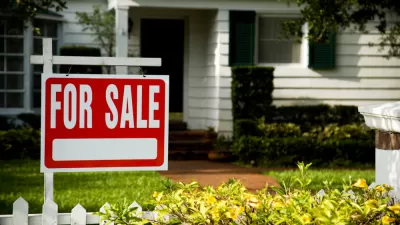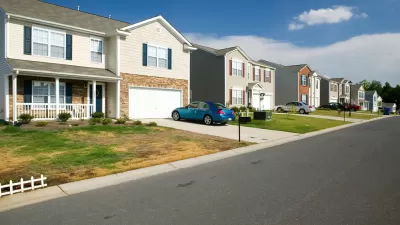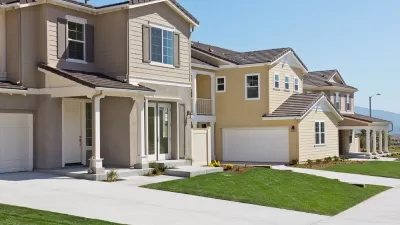The tech industry has created massive wealth, and the impacts on the real estate market are most dramatic in San Francisco.

Alexis C. Madrigal reports on the influence of money from the technology sector on San Francisco’s already tight and astronomically expensive real estate market. Deniz Kahramaner, a data scientist working in real estate, used title-company data to gather information about homebuyers and found that much of the money came from the tech industry, says Madrigal:
Fully 51 percent of them worked in software. They bought in specific, desirable neighborhoods closer to San Francisco’s tech companies, as well as the highways and train lines that lead south into Silicon Valley. They were less likely to buy in the foggy Sunset, which is the worst commute to tech businesses.
A number of IPOs are on the horizon, and the San Francisco housing market could see major impacts from the flood of big money. "[Kahramaner] foresees 3,885 new buyers looking for houses less than $3 million, in a market in which fewer than 6,000 homes total sell per year. At the top end, it gets even crazier—with more than 1,000 buyers looking from $3 million on up," writes Madrigal.
The San Francisco trend of wealth—what Madrigal calls "globally derived, locally applied"—is not unusual today. "But nowhere matches this city’s collision of the dematerialized economies of finance and technology with land, the need for shelter, the concept of home, and a place that so many loved when they could afford to live there."
FULL STORY: Who’s Really Buying Property in San Francisco?

Study: Maui’s Plan to Convert Vacation Rentals to Long-Term Housing Could Cause Nearly $1 Billion Economic Loss
The plan would reduce visitor accommodation by 25,% resulting in 1,900 jobs lost.

Alabama: Trump Terminates Settlements for Black Communities Harmed By Raw Sewage
Trump deemed the landmark civil rights agreement “illegal DEI and environmental justice policy.”

Why Should We Subsidize Public Transportation?
Many public transit agencies face financial stress due to rising costs, declining fare revenue, and declining subsidies. Transit advocates must provide a strong business case for increasing public transit funding.

Paris Bike Boom Leads to Steep Drop in Air Pollution
The French city’s air quality has improved dramatically in the past 20 years, coinciding with a growth in cycling.

Why Housing Costs More to Build in California Than in Texas
Hard costs like labor and materials combined with ‘soft’ costs such as permitting make building in the San Francisco Bay Area almost three times as costly as in Texas cities.

San Diego County Sees a Rise in Urban Coyotes
San Diego County experiences a rise in urban coyotes, as sightings become prevalent throughout its urban neighbourhoods and surrounding areas.
Urban Design for Planners 1: Software Tools
This six-course series explores essential urban design concepts using open source software and equips planners with the tools they need to participate fully in the urban design process.
Planning for Universal Design
Learn the tools for implementing Universal Design in planning regulations.
Smith Gee Studio
Alamo Area Metropolitan Planning Organization
City of Santa Clarita
Institute for Housing and Urban Development Studies (IHS)
City of Grandview
Harvard GSD Executive Education
Toledo-Lucas County Plan Commissions
Salt Lake City
NYU Wagner Graduate School of Public Service





























